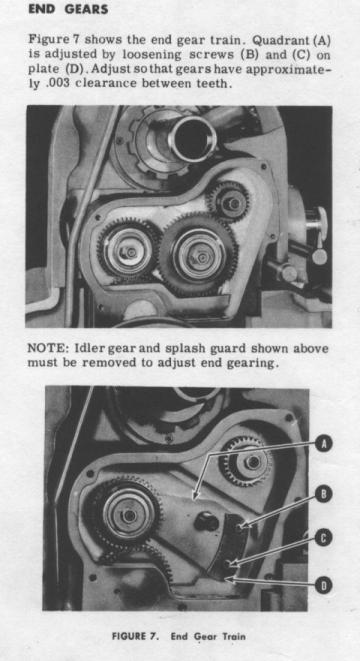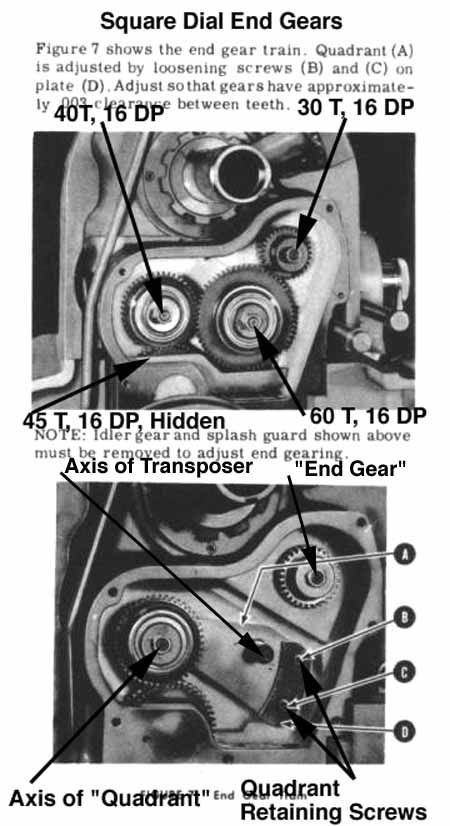bob
Titanium
- Joined
- Aug 12, 2002
- Location
- Regina, Canada
I looked at my EE today and its not clear how the metric change gears would mount. Can someone explain, please
Bob
Bob
Follow along with the video below to see how to install our site as a web app on your home screen.
Note: This feature may not be available in some browsers.

I haven't had a real problem - I've gotten into the case without even removing any belts or anything. I'm sure it would be easier after removing the belts.Mine is square dial no gearcase. They must really be buried in there. Do you have to take half the lathe apart to get at them?

Notice
This website or its third-party tools process personal data (e.g. browsing data or IP addresses) and use cookies or other identifiers, which are necessary for its functioning and required to achieve the purposes illustrated in the cookie policy. To learn more, please refer to the cookie policy. In case of sale of your personal information, you may opt out by sending us an email via our Contact Us page. To find out more about the categories of personal information collected and the purposes for which such information will be used, please refer to our privacy policy. You accept the use of cookies or other identifiers by closing or dismissing this notice, by scrolling this page, by clicking a link or button or by continuing to browse otherwise.
